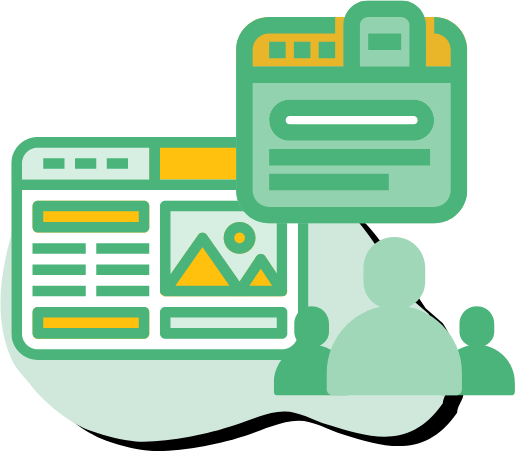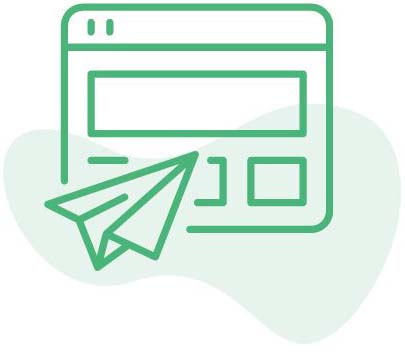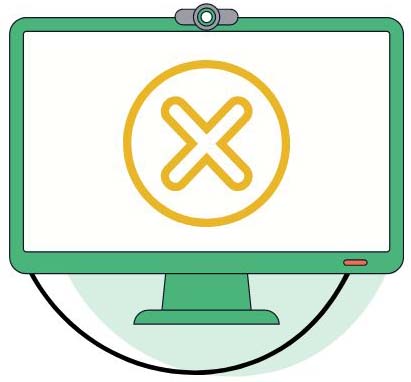Landing Pages to Increase Conversion Rates
Your digital marketing efforts may not get very far without landing pages. They are useful tools in email marketing, social media, and search engine marketing, among other things. Let’s take a look at what they are and what they do.


What is a Landing Page?
A landing page is a web page designed for a single purpose, usually related to sales or promotions. Landing pages are used as destinations in paid advertising, email marketing, and other places where a business wants to interact with a prospective customer.
These interactions mean conversions, an often used key performance indicator in marketing. Simply put, a landing page exists to “convert” a visitor into someone with whom your business can have a relationship. That may mean a sale of products or services, collecting a name and email address, or otherwise prompting the visitor to learn more about you.
Designing Your Landing Page
The way landing pages look and act is hugely varied, but there are components you typically will find, and not find, on an effective page. And, there are things to keep in mind as you design yours.
Here are some good rules of thumb to consider when you build a landing page:
Keep it simple
Remember, the page you’re building is meant to serve a single purpose, so focus on that and ignore the temptation to include lots of other information about your business.
Have a clear call to action at the top
Tell your visitor what the page is about, what it offers, or what the benefit is to them. Keep it short and sweet; a handful of words is good, and never more than a sentence.
Tell a story
If you have captured your visitor’s attention with a compelling call to action, it’s likely they will scroll down the page. Lay out your page as you would a story, where you start with a couple of reasons why they will benefit. In the next section, continue your story.
For example, let’s say you are a human resources consultant and your target audience is made up of small business owners. Your landing page might have the following sections, starting with a call to action:
For the sections below your headline, you might add a few sentences, icons, images, or infographics. But remember, keep it simple. In this example we tell a story that starts with identifying a pain point (struggling to find good employees), then we briefly address solutions, and finish with a prompt to talk to us.

What You Won’t Find on Most Landing Pages
Most pages on your website probably have a header at the top with your logo and a menu of links. This isn’t necessary on a landing page. In fact, your menu can distract your visitor from the reason you want them on the page.
That said, it’s perfectly okay to put your logo on the page, and you may even choose to link to your homepage with it, but it isn’t strictly necessary. Linking to your homepage is okay, as more people want to learn about your company before making a purchase than might have been the case in years past.
NEXT
Branding your business
Capture the visual representation of your company.
